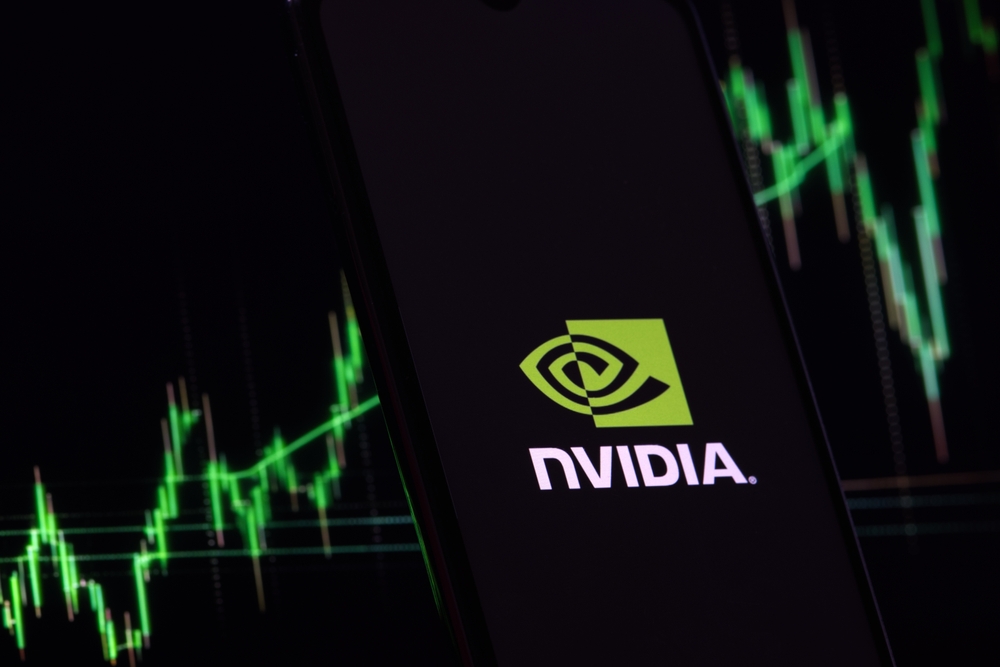Santa Clara-headquartered Nvidia Corporation is rumored to be plotting a huge upgrade to the GPUs to bolster its grip as the leading provider of artificial intelligence (AI) hardware.
Security researcher Dominic Alvieri shared an apparent leak about Nvidia’s plans to unveil a significant upgrade to laptop GPUs. The upgrade will see the California-based chipmaker launch the RTX 50 series, which is codenamed ‘GN22’.
Nvidia Upgrading GPU
Alvieri indicated that Nvidia is set to launch six different variants for the RTX 50 series. Its unveiling will surpass the five options currently offered within the RTX 40 series.
Alvieri considers if the leak is accurate; the notable enhancement in the rumored upgrades is the video random-access memory (VRAM). The researcher considers the RTX 50 Series’ baseline as 8GB of VRAM, representing an upgrade from the 6GB in the present laptop GPUs.
The enhancement in the VRAM will facilitate the new GPUs in running more artificial intelligence (AI) models, particularly those that need substantial memory resources. The researcher indicated that Stable Diffusion 1.5 needs 4GB of VRAM for it to run appropriately while SDXL should have at least 6GB.
Reflecting on the Stability AI preview for the SD3 Model reveals it is more capable and powerful with the GPUs installed of 24GB VRAM. Also, it plans several versions ranging from 800M to 8B parameters. Stability AI plans to deploy different configurations. A standout is the 4.7B parameter T5 text encoder, which is less demanding.
RTX50 Series Leverage Faster GDDR7 Memory
The RTX 50 series will tap the faster GDDR7 memory. The leak indicates that such utilization will improve the execution of AI-based tasks and support gaming.
The leaked roadmap indicates that Nvidia will sustain the production of previous GPUs, including the RTX 4050 and RTX 3050, which have 4GB and 6GB VRAM, to address the demand for cheaper hardware.
Nvidia considers that gaming can utilize the 6GB cards since they offer solid options. It considers VRAM as not essential as the clock speeds and processor numbers.
Nvidia intends to release the GPUs next year, though the timeline has not been specified. The leak admits the existence of conflicting rumors, though it indicates that a CES 2025 launch is viable.
Alveiri indicates that buyers seeking cheap cards could see that become challenging. The researcher indicates that Taiwan Semiconductor Manufacturing Company (TSMC) plans to hike its prices citing higher expenses.
TSMC emerged as a key player similar to Nvidia and indicated that customers will soon share in the company’s higher costs. The price hike is now affecting several of its customers.
Nvidia Critical Input in AI Industry
A reference to Nvidia chief Jensen Huang as a 3 trillion guy indicates the soaring market value of the chipmaker. The chipmaker surpassed $3 trillion in market capitalization.
A reflection of the Nvidia Corp. (NVDA) indicates the stock is 3.55% up in the past 24 hours to exchange hands at $125.20. The 160.35% surge in the stock in the past six months lifted the market capitalization to $ 3.08 trillion as per Google Finance data.
TSMC accounts for 90% of the world’s most advanced processor chips and is a key player in aiding Nvidia’s success. Huang supports TSMC’s arguments amid increased production costs.
Huang considers a price hike inevitable, given the higher production costs and the need for consistency with the value delivered.
A prediction by Morgan Stanley suggests that the acceptance of a price hike by Nvidia from TSMC could prompt other core AI players to replicate the price raises. Morgan Stanley analysts consider that Nvidia will account for 10% of TSMC’s annual earnings.
Meanwhile, Morgan Stanley analysts identified Taiwan-based Aspeed Technology, involved in designing fabless chips, as the unique Nvidia proxy. The bank analysts identify Aspeed as the sole supplier for the GB200 AI graphics unit by Nvidia.
The absence of near-term competition for Aspeed cements the position as reaping returns from Nvidia. Morgan Stanley highlights that Aspeed is critical to Nvidia’s Omniverse, which is identified as the 3D graphics collaboration platform.
Editorial credit: Below the Sky / Shutterstock.com
